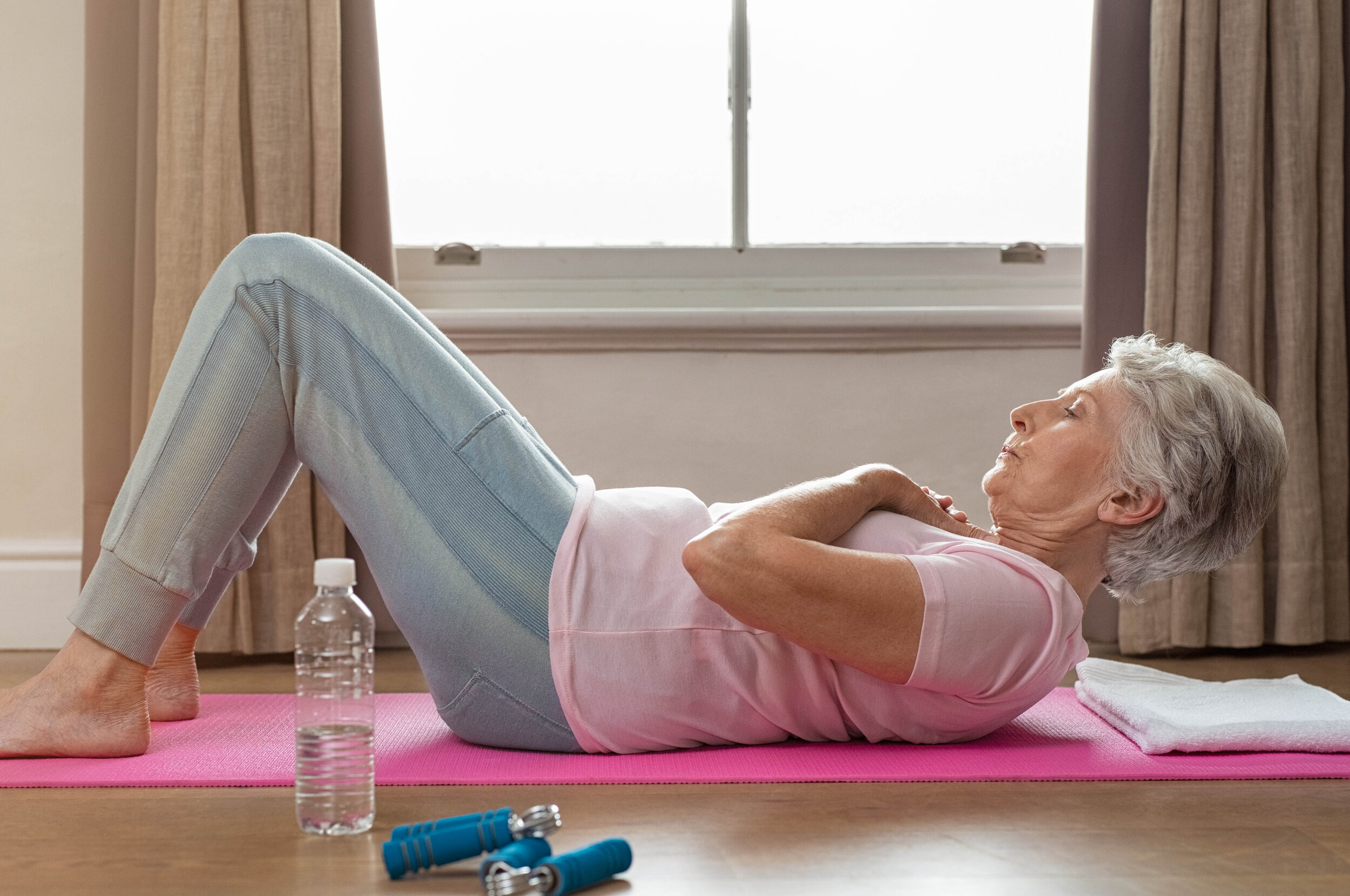Moving Beyond Menopause
Menopause gets painted with a pretty dirty brush. Hot flushes, mood changes, vaginal dryness, weight gain, pelvic floor dysfunction and incontinence, joint pain, muscle weakness, sleep disturbance, loss of libido. So what to do? Is there a safe path through the mess that can be perimenopause?
Menopause has a known and generally negative impact on overall muscle and bone health. It is associated with osteoporosis (bones become weaker and brittle), osteoarthritis (degeneration of joints leading to pain, inflammation and stiffness) and sarcopenia (think muscle wasting or thinning and loss of muscle function. Sarcopenia can happen regardless of your weight or size too. All of these issues are contributed to by the primary driver of menopause – loss of the hormone oestrogen. Poor musculoskeletal health can progress to frailty and an increased risk of falls and fractures which in turn is associated with increased risk of death and other disease.
Ageing and Thriving - Exercise for over 70s
Different stages of life create different routines. Sadly, as we age, dedicated time for exercising seems to disappear from that routine. However, if you or someone you love is 70+ years old and wants to start exercising, they can!
Whether you start today or in 30 years, exercising will ALWAYS be beneficial for your mental and physical wellbeing, inside and out!
Exercise and Dementia Prevention
It is now well accepted that ageing, genetic, medical and lifestyle factors all contribute to the risk of dementia in our population. Whilst some people are more at risk than others, everyone has the ability to ensure their long term physical and mental health.
It is reported that around a third of dementia cases can be linked to risk factors such as physical inactivity, smoking, and high blood pressure. All of these factors can be avoided if you take responsibility for your health and wellbeing.
The best type of exercise to prevent bone loss? WHEN Q&A
The best type of exercise to prevent bone loss? Short Answer: A combination of progressive resistance training, weight-bearing exercises and balance/mobility training. To improve or maintain bone health, exercise is integral to slowing this decline! Activities that create a ‘loading’ effect on the bone stimulate extra deposits of calcium and nudge bone-forming cells into action. Relatively few loading cycles or repetitions are needed - short bouts separated by periods of rest are most effective. The result is stronger and denser bones!
Osteoarthritis and Exercise
Osteoarthritis is a chronic, degenerative joint condition that predominantly affects the knees, hips, spine and feet. It is the most common form of arthritis affecting 1 in every 11 Australians, and it is more common in women than men. Whilst it can develop at any age, it mostly occurs in people aged over 40 years or those who have had previous joint injuries. Symptoms of osteoarthritis can be severe and have a significant impact on daily function and overall well- being.





